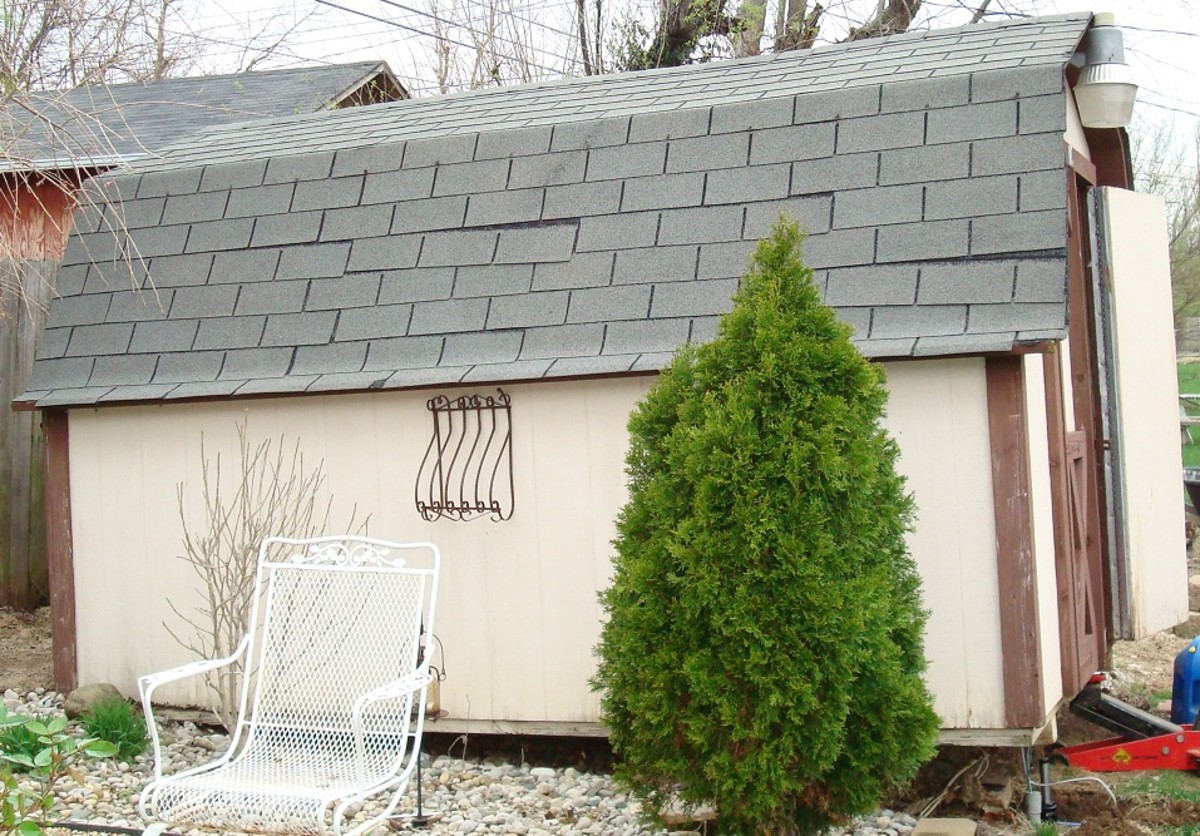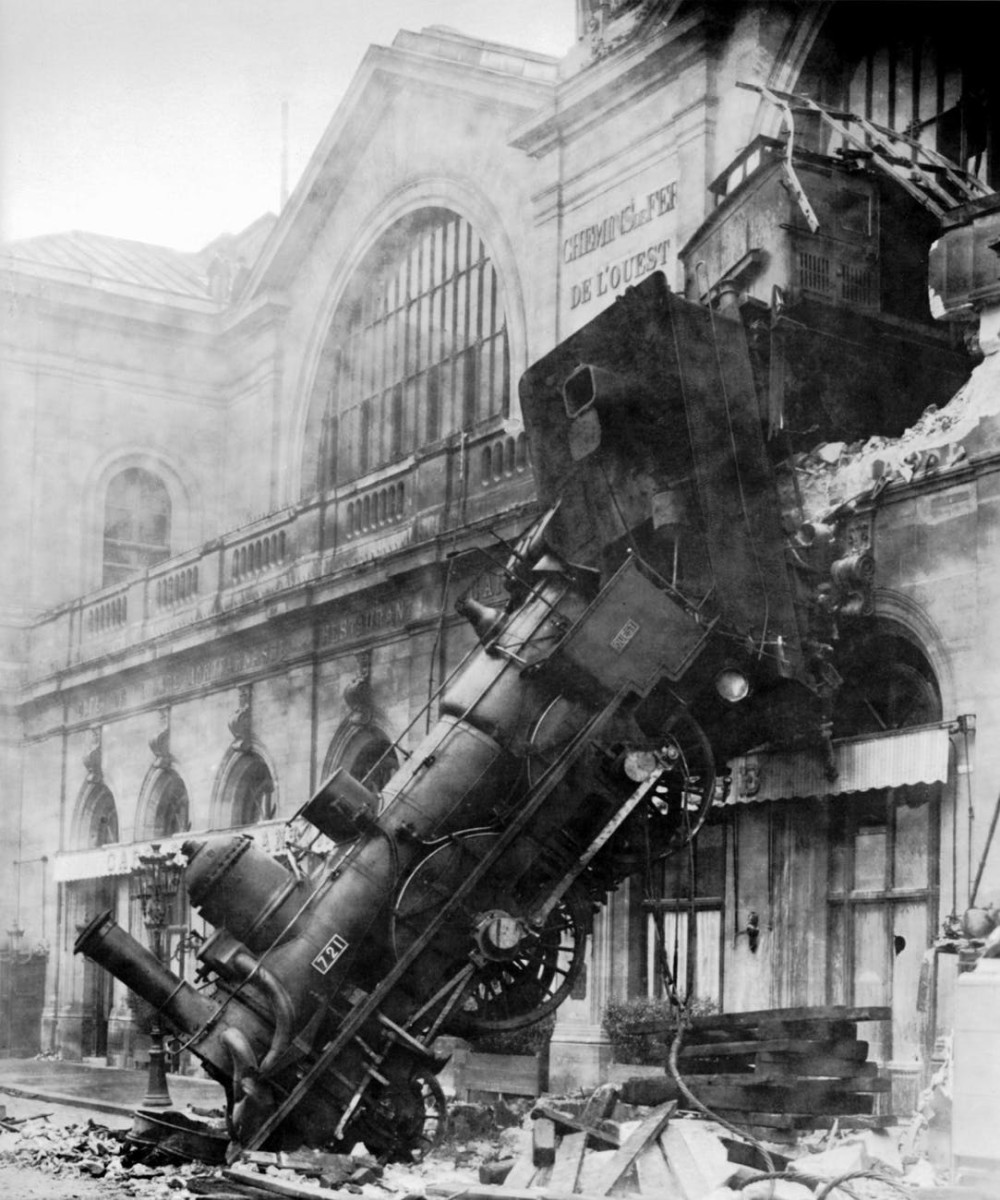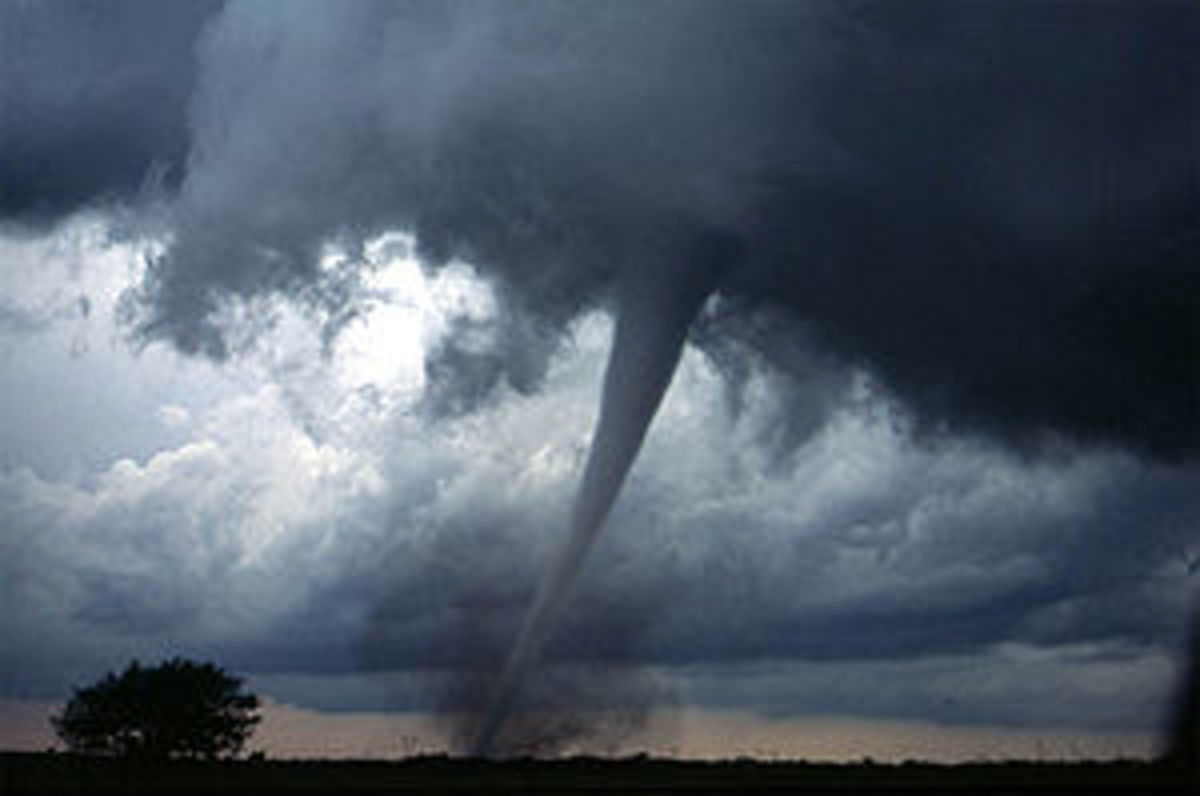Landfill Safety - Reduce Construction Hazards
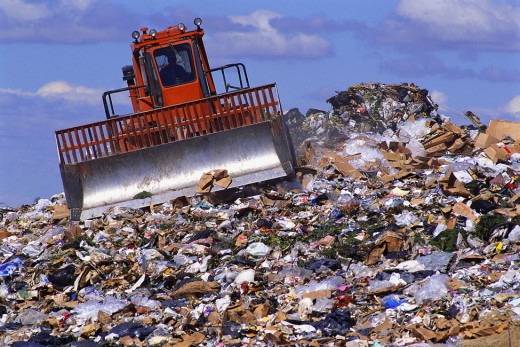
Landfills are active disposal and construction sites undergoing expansion, daily trash covering, excavation work, and maintenance activities. Consequently, hazards may include trench collapse, falls, being hit or crushed by equipment, overexertion injuries, or welding burns.
Injury statistics for the industry can be sobering. Each year 4 out of 10 solid waste workers have an injury requiring more than first aid. Two out of 3 injuries result in lost workdays, with an average of 12 lost workdays per injury. A worker also has about a 1 in 10 chance of losing an arm or leg during a 25 year working career.
Typical injuries include cuts and bruises, sprains and strains including back injuries, broken bones, head trauma, severed appendages, chemical burns, puncture wounds, and crushing trauma. Fortunately, many injuries can be avoided if the employer implements a detailed, site-specific safety plan to controls hazards.
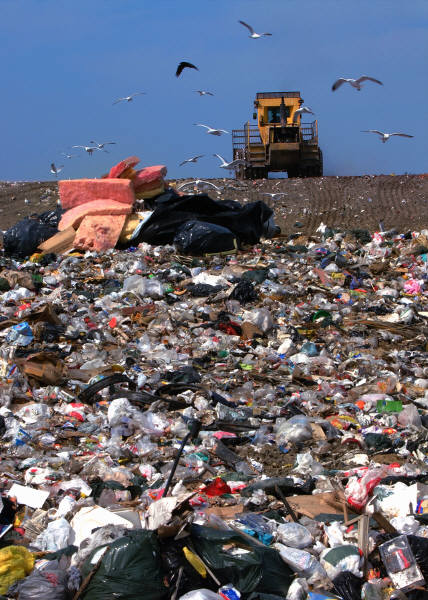
Heavy Equipment
Heavy equipment operations are too frequently the cause of accidents and traumatic injuries at landfills. Only allow trained operators on construction equipment and strictly control access to active work areas. Only employees with specific business should be there. Operators must always be aware of the potential for shifting ground conditions and take special care near slopes and trenches or on wet ground.
Maintain safe work clearances around construction equipment because soft areas are common at disposal sites and equipment can suddenly drop or slip. No employee should work around or under a raised bucket or blade and should never walk behind a moving piece of equipment.
Other types of equipment associated with landfill operations (conveyors, balers, sorters) are also hazardous. Employees must be trained to use equipment and know how to stop a machine before they start it. Devise a maintenance policy that ensures equipment is kept in good repair or removed immediately from service if broken or defective. Guards and safety devices must remain in place except when removed to clean or service the equipment, and then replaced before the equipment is returned to service. No machinery should be capable of moving when workers can touch dangerous parts.
Excavations
Excavations pose an array of hazards. Employees can be struck or crushed by heavy equipment, caught in a trench collapse, or encounter hazardous atmospheres. Equipment operators can tip or roll over, contact overhead power lines, or hit underground installations. Excavation teams should always have an experienced, competent person on site to identify existing and predictable hazards and take measures to eliminate them. The competent person’s pre-dig job planning must include a telephone call to the local utility or other agency that can identify, locate, and mark underground structures in the excavation area. The competent person must also ensure the stability of adjacent structures so they cannot become weakened and pose a threat to workers.
Once excavation begins, prohibit entry inside or classify the soil type so that proper sloping, benching, or shoring may be implemented to prevent collapse. Also make sure to provide adequate water removal, adequate access and egress, and “spoils” protection; restrict vehicle traffic and overhead load handling while workers are inside the excavation; test for hazardous atmospheres before you let workers in the excavation and have rescue equipment available.
Fall Hazards
Typical fall hazards exposures of six feet or more occur when workers must stand on heavy equipment or trucks and containers, when working from inspection platforms, and when standing or working near the landfill working face. Analyze potential exposures and develop controls described in a written Fall Protection Plan.
Engineering controls are the preferred method of protecting against falls. These can include moving work to ground level; adding platforms, guardrails, and toe boards to provide permanent, secure access to elevated work areas; and ensuring floor openings, pits, skylights etc. are securely covered or guarded.
When engineering controls will not eliminate the hazard, consider using personal fall prevention devices. These include positioning belts, which are used only for restraining a worker in position, not for vertical free fall protection; or full-body harnesses which wrap around the waist, shoulders and legs and stops the fall by distributing the force throughout the worker's trunk. Other options such as lifelines, ladder systems, and lanyards provide different benefits for individual situations. Carefully consider connection devices and anchorages since a fall protection system is only as strong as the devices that hold it together.
Overexertion
Construction workers at a landfill risk overexertion injuries due to manual lifting or handling tools, materials, and trash. Avoid such injuries by using better mechanization, such as fork lifts or conveyors, and better job design that reduces or eliminates the need for lifting. Another technique is to design containers or tools that limit the amount they can hold, which physically limits the amount an employee can lift. If some level of manual lifting is still necessary, make sure that employees are trained in proper lifting techniques and instruct them to get help when lifting heavy or awkward items.
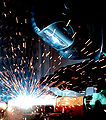
Welding
Welding and cutting activities at any construction site require special safety controls to prevent exposures to burns, radiation, hazardous air contaminants, and fires. Landfills, however, have unique characteristics that require extra consideration when setting up a welding operation. Workers should only weld in designated areas where fire hazards and combustibles are safe-guarded or removed. Use a hot work permit system and a fire-watch if fire-safe areas cannot be guaranteed, and use shields to protect people in the area from the arc light and contain heat and hot spatter that could ignite trash and debris.
Ensure that personal lighters are banned from the work area. Several tragic accidents have occurred when hot slag ignited a lighter in a welder’s pocket.
In areas where landfill gases may accumulate, local ventilation, which removes welding fumes and gases at their source, is preferable to general ventilation, which merely dilutes fumes and gases to atmosphere. Conduct routine air monitoring.
Do not allow welders to cut or weld materials without first evaluating coatings for flammability or toxicity. Workers should not weld or cut on painted or coated materials; remove surface coatings first if this is necessary. And never let workers weld or cut on used drums, barrels, tanks, or other containers unless they have been thoroughly cleaned.
A Committment to Safety
Safety plans are only effective when
combined with initial and ongoing employee training and consistent enforcement
of safety policies by supervisors and management. Your employees deserve a safe workplace. Make the committment.



